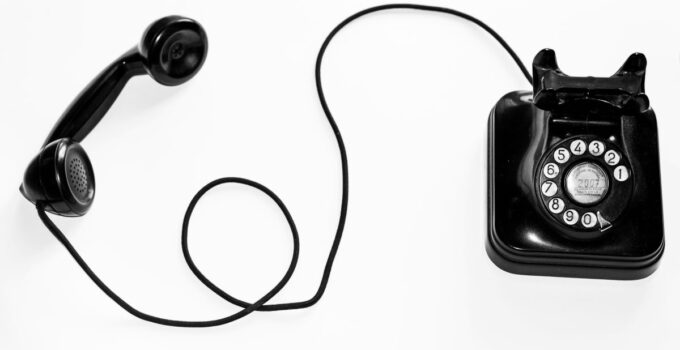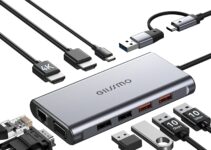When it comes to making cheap phone calls there is no better way than using a phone card.
Some would argue that using apps and video phone are good options and they are if both you and the person you’re phone need to have a strong internet connection.
If you live inside highly developed countries then this is usually not a problem but for those who have travelled from lesser developed countries using any VoIP platform just won’t be an option.
The best thing about a phone card is that they still use the good old-fashioned copper phone lines making call quality much more reliable.
They’re also easy to purchase, the way I recommend is to grab a phone card online so you can get your information right away.
In this article I’m going to show you how to make the best buying decision when shopping for your next phone card.
Page Contents
The Two types of Phone Card
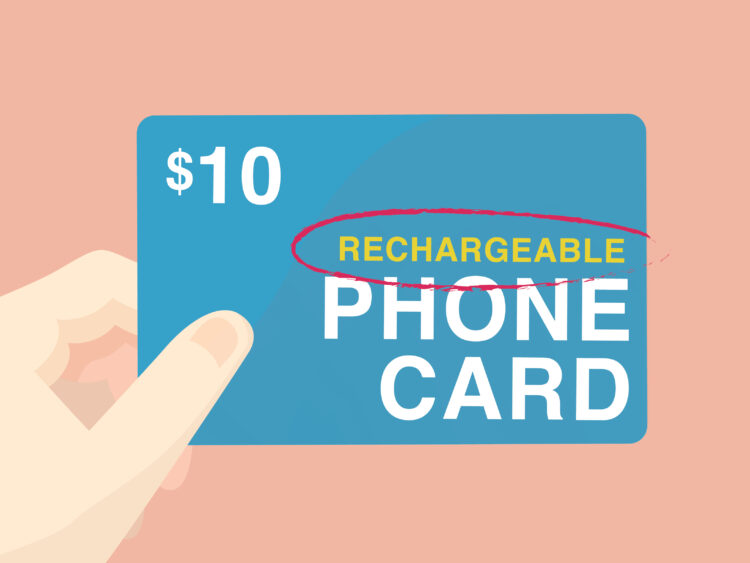
Source: wikihow.com
There are two different types of phone cards disposable and rechargeable.
1. Disposable
Disposable cards for a single use best for when you’re only looking to make a handful of calls.
A disposable phone card is pretty straightforward for when you intend to make one or a handful of calls.
2. Rechargeable
A rechargeable phone card is the most common of the two types and a great for when you intend to travel if you’ve just moved overseas and you’re looking to contact family members and friends back home.
Typically, rechargeable phone cards can be used for years making them ideal for most users.
Two Types of Phone Card Plans
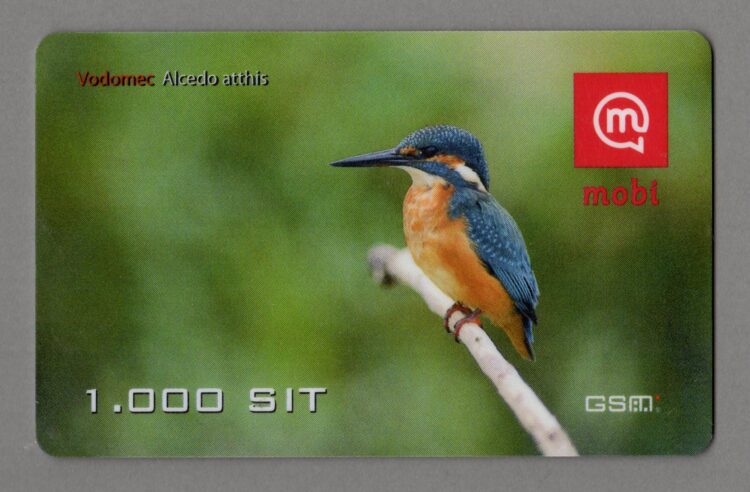
Source: ownetic.com
There are also two types of phone card plans prepaid and monthly, these are pretty similar but depend on your usage.
1. Monthly plan
The monthly plan option is for those who have a pretty good idea of how many minutes they’re going to need per month and don’t want to deal with the hassle of having to go online and recharge your phone card every single month you can just set up a direct debit and the money will come out automatically every single month.
The downside to having a monthly plan is that if you’re not using your monthly minutes you can quickly start accruing a lot of time on your card which you may not be able to use.
If you start occurring too many minutes and you try to get a refund most companies or not allow you to do that.
2. Prepaid plan
The prepaid plan is for those who may or may not know how many minutes they are going to use and want to have more freedom and control in regards to when they top up their phone card.
Prepaid plans will typically have an expiration date and so this usually means that as a user you need to top up your card before the expiration date ends as most companies will typically take any remaining money left on the card at the date of expiration.
The upside to a pre-pay plan is having complete control over spending, the main downside is the expiration date and potentially losing whatever balance you had available on that phone card.
Things to look for when purchasing a phone card
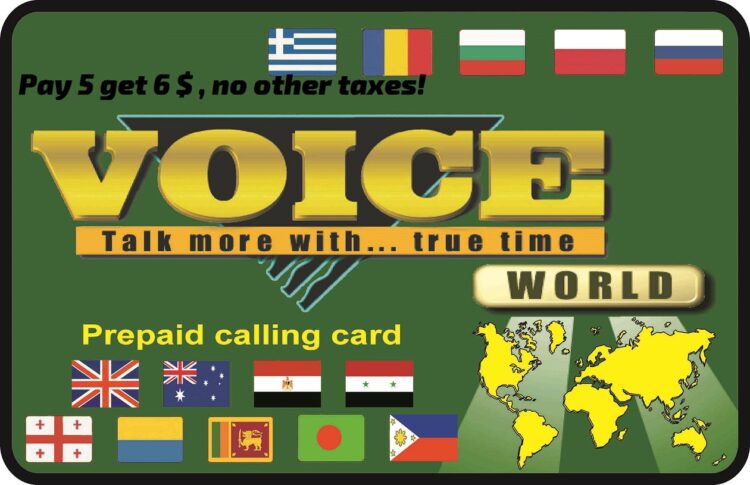
Source: fiverr.com
1. Connection fee
A connection fee is a fee that is deducted from your card as soon as a successful call is made either to a real person or even a voice message system both are considered successful calls.
Typically speaking a phone card that comes with a connection fee offers a slightly lower per minute rate than other cards which means if you are making calls that are at least 40 minutes in length they are best to avoid.
2. Disconnection fee
A disconnection fee is exactly the same as a connection fee the only difference being that the fee is deducted at the end of the call instead of the beginning of the call.
As I said even though these cards typically have a lower per minute call rate, my advice is to look for cards that do not have connection or disconnection fees.
3. Hidden Fees
These typically come in the form of monthly admin fees where the phone card company deducts a fee from your card every month.
These are junk fees, this is really just another way for phone card companies to skim more money from their customers.
Read the information on the card carefully and keep an eye out for these types of fees – avoid these cards
at all costs.
4. Customer service
This is essential. This is a step that most people won’t take but it’s very important especially when we get to the next section on possible phone card issues that may arise.
I would highly recommend phone up the customer service team before purchasing the card.
You want to see how responsive they are, you also want to ask them if there is a problem with the line how long it typically takes for them to resolve the issue.
Good phone card companies will be able to fix 90% of issues that same day.
Phone Card Issues
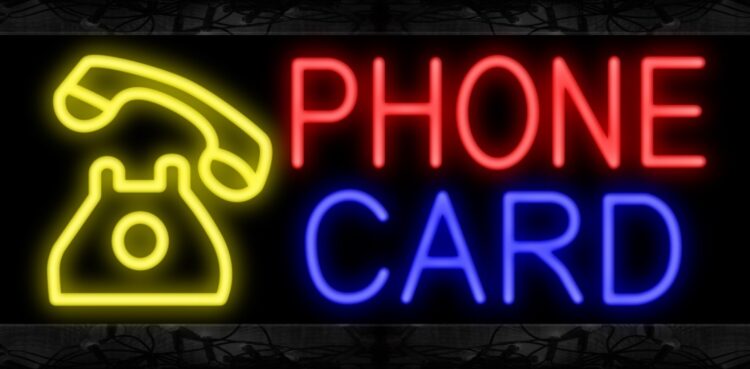
Source: neonsign.com
Although these cards are generally reliable, you will most likely run into some tech issues when making phone calls.
Here are the likely problems that you’ll encounter.
1. Poor line quality
If you’re phone a fairly remote phone line then the quality is probably never going to be perfect but you should always be able to have a conversation without too many issues.
If you’re getting static or echoing then hang up and try again, if the problem is still there then it could mean there is a problem with the carrier line in this case you would need to contact the customer service team.
2. Not able to connect
If your call is not able to be connected call the customer service team immediately.
3. Cross lines
This is when you make a call and you get another person answering the call – typically from a different country.
4. Overcharging
This doesn’t happen too often but it’s worth keeping an eye on your balance and total minutes.
When a person thinks they’ve been overcharged it’s usually because they missed some sort of hidden fee or mixed up the rates for landlines and mobiles, etc.

